This site communicates well the chiaroscuro of the image that is the complicated history of our country.
The light is reflected in the technological progress leading to the building of the railway here. The tsarist government of Russia began planning the construction of a narrow-gauge railway in the 1860s, and its first segment Švenčionėliai–Pastoviai (Belarus) was built in 1895. Construction of the narrow-gauge railway in Lithuania was led by the owner of Saldutiškis Manor, military engineer General Bolesław Jałowiecki (1846–1918).
In 1897, construction of the segment Švenčionėliai–Panevėžys began. The Utena narrow-gauge railway station was built as part of this segment: the 20-m3-capacity brickwork Historicist-style water tower, for supplying locomotives with water, was built in 1898, and the one-storey brickwork Late Classicist station building was built in 1899.
The official opening of this segment of the narrow-gauge railway was held in 1901. In 1972, traffic on the segment Utena–Švenčionėliai was halted, and the segment was reconstructed in broad-gauge until 1975. In 1983, the railway segment Utena–Rubikiai was closed, and the station in Utena lost its reason for being and was closed as a result.
The Utena narrow-gauge railway station also recalls the painful period of exiles. In 1940–1941 and 1945–1953, more than 3,000 residents of Utena District were exiled, forcibly removed to distant camps.
At present, the Museum of the Battles for Freedom makes its home in the former Utena narrow-gauge railway station, educating visitors on the main events in the Utena area and Lithuania in 1940–1965. The Museum's exhibition has been prepared by making use of historical contrasts, comparing the most important events with life beyond the Iron Curtain, poignantly communicating the spirit of the battles for freedom.
The site is listed on the Registry of Cultural Heritage Properties.
Visitors are welcome!

+33


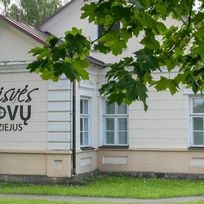
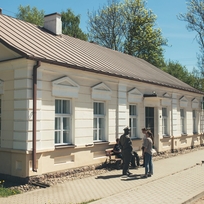
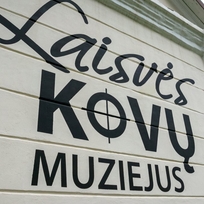
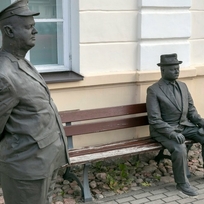
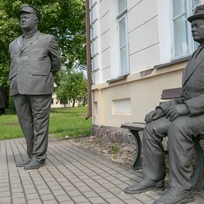
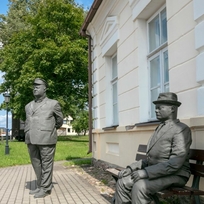
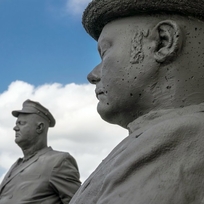
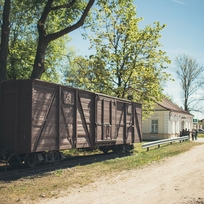
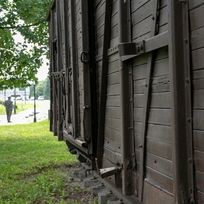
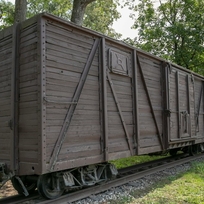
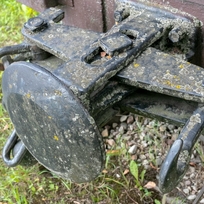
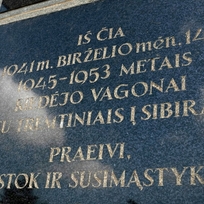
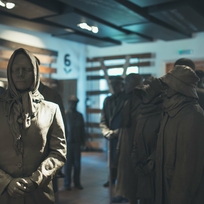
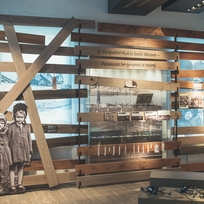
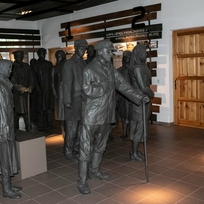

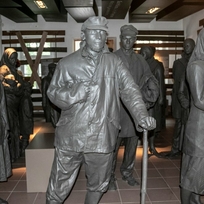
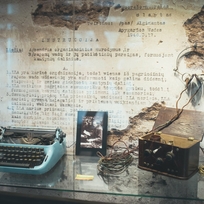
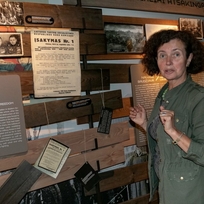
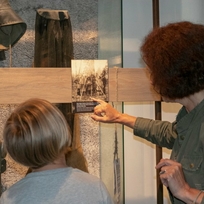
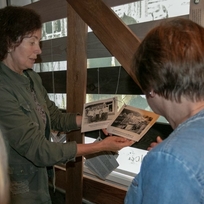
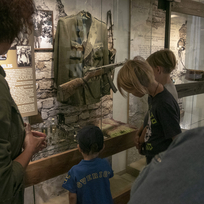
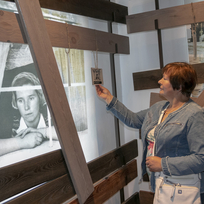
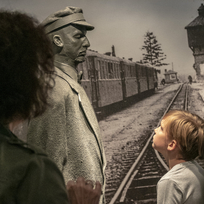
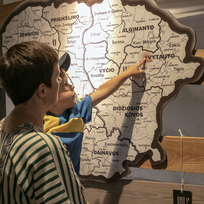
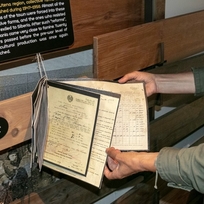
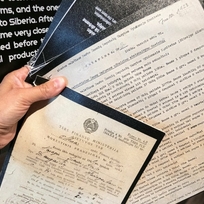
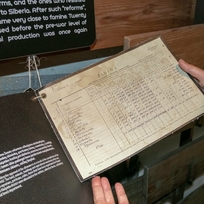
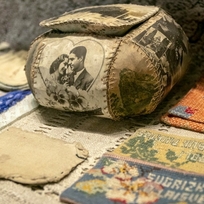
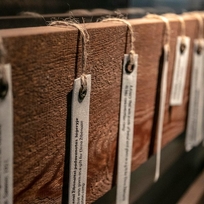
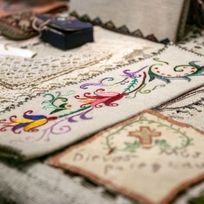
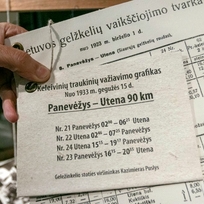
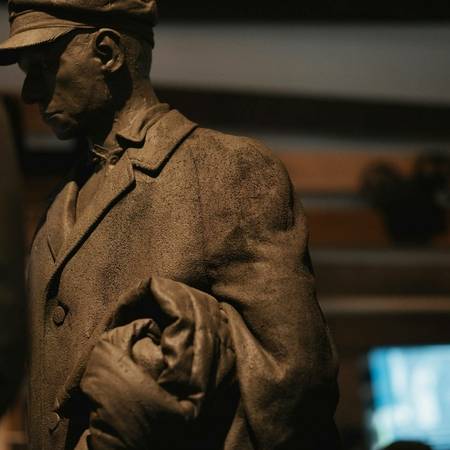
Reviews